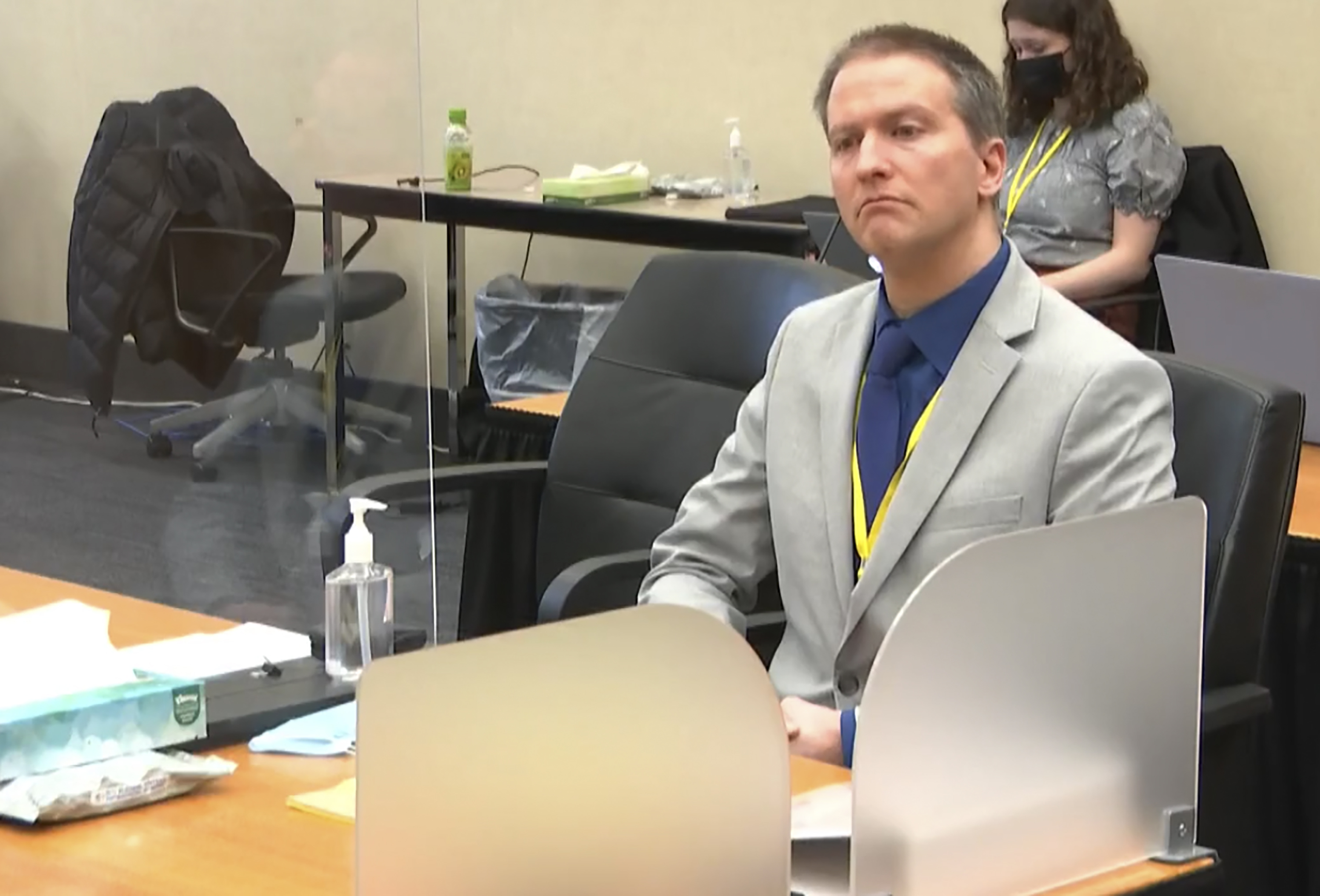NASA funds PSU research
Two researchers from the mechanical engineering department at Portland State University recently performed experiments in a NASA plane that can simulate a zero-gravity environment. Mark Weislogel, 39, associate professor of mechanical engineering, and Aaron Frechette, 26, a senior mechanical engineering major, experienced both zero gravity and almost double earth-gravity within less than a minute.
Weislogel and Frechette have been conducting a NASA-funded study at PSU of large-scale capillary flow in a low-gravity environment since the spring term of 2002.
“I started feeling around for extra-curricular activities (last spring) and was referred to Mark,” Frechette said.
“I picked who I thought was the best student,” Weislogel said.
The pair embarked on the first year of a two-year project. They have come up with a set of closed-form expressions (i.e. equations) to predict the behavior of fluid in a zero-gravity environment.
If correct, these equations would help advance technology that involves liquid in space. This would include life-support systems in space stations and shuttles, as well as fuel tanks for liquid propellants.
“Initially, I was logistic support,” Frechette said. “Mark was pretty new to the school. We had no computers and not much equipment.”
Frechette’s job in the beginning was to acquire the equipment they would need and to get the apparatus for the experiment up and running. Once that was done, he began analyzing previously collected data using image-analysis software from NASA.
Weislogel’s main job was to design the experiment. He had a background in aerospace dynamics and had worked with NASA for 10 years. His connection with the organization made it possible to get funding and the use of a NASA research facility commonly called the “Weightless Wonder” or the “Vomit Comet.”
The research facility is the KC-135A aircraft used to conduct low-gravity experiments. The plane simulates a zero-gravity environment by flying in a parabolic arc, which creates alternate periods of zero gravity and almost double earth-gravity.
Frechette attended his physiological training and certification session in Houston in mid-July. Training lasted for only a day and consisted of two parts.
The first part was a formal class, in which he learned about hypoxia (altitude sickness) and spatial disorientation in a low-gravity environment.
“You don’t have a normal sense of up and down. It can be disorienting,” Frechette said.
The second part of training was an experience in a hypoberic chamber, which simulates altitude changes. At a simulated 25,000 feet above sea level, Frechette was instructed to remove his oxygen mask and breathe normally. By the end of five minutes, Frechette said he was “feeling pretty euphoric and pretty mellow.”
The chamber also simulated a rapid decompression, similar to what would happen if the door of the plane were to fly off at a high altitude. In the case of rapid decompression, the air in one’s lungs, ears and intestines expands. The trainees were instructed to expel the air in their lungs during this exercise and to pass gas freely.
“Holding back can be very uncomfortable,” Frechette said. “No Tex-Mex meal can compare.”
He said that the training was an interesting and exhausting experience.
On the morning of Monday, Sept. 9, Weislogel and Frechette reported to the John H. Glenn Research Center in Cleveland, Ohio. They spent the day preparing for a week’s worth of experiments on the “Vomit Comet.” They loaded the apparatus onto the plane and bolted it down. They also performed electrical and safety checks with the crew.
On Tuesday they had their first flight, and Frechette found out first-hand why the plane was nicknamed the “Vomit Comet.”
“The first time you feel (the sensation of weightlessness) it’s very disorienting,” he said.
Weislogel explained that even a seasoned passenger must be careful in his or her movements.
“You get dizzy and have to focus on not moving,” he said.
Frechette said that he was just getting over a cold when he had his first flight. He was also feeling tense, and the crew experienced some turbulence that day.
“I was okay until about the sixteenth parabola. Then I started sweating and felt queasy,” he said.
Frechette tried to calm his stomach by sucking on a grape Jolly Rancher, but to no avail. He got dry mouth and reached for his barf bag. Frechette spent the rest of the flight sitting down in the back of the plane, trying to conserve his energy.
“That was quite memorable,” he said. “I didn’t have any bile left in my stomach after that first flight.”
During the next few days, Weislogel and Frechette conducted about 160 experiments on the “Vomit Comet.” They had the equations and were testing their predictions against the actual behavior of a fluid in a v-shaped channel.
A video camera recorded the data while Weislogel and Frechette continued to modify the experiment by adjusting the fill level and flow rate of the fluid. Flashcards held in front of the camera were used to help keep track of the parabola number, flow rate and fill level.
Frechette said that they worked 12-hour days and ate only one meal a day during that week. Frechette also took medication for motion sickness. By the end of the trip, he was exhausted.
Despite any unpleasantness the experience yielded, Frechette said it was enriching. “I’d do it again. Anytime.”
Weislogel is excited about the results of the experiment. Time and again, their predictions matched the observations almost exactly.
“It’s so accurate it’s unbelievable,” he said.
The project isn’t over yet. Weislogel said that the theories they’ve generated look like they can apply to all fluids in space, but further experiments are necessary to prove it. The equations have to be tested against different surfaces and shapes.
“What we have is a building block for problems of increasing complexity,” he said.
Previously, the behavior of liquids in zero gravity was predicted by a supercomputer that took days or even weeks to produce a result. Weislogel and Frechette’s equations are much cheaper and less time-consuming.
Frechette said he plans to continue work on the project as long as he is at PSU, but he’s scheduled to graduate in the spring of 2003. He said that he probably won’t have much time for research in the future. He and his wife, Corinne, expect their first child any day. His name will be Luke Christian Frechette.
Corinne, who earned her bachelor’s degree in history from PSU in the spring of 2001, is supportive of her husband’s work on the project.
“I think it’s great. He has such a good time,” she said.
She added that her husband’s excitement about the project is infectious. “I would do it if I could,” she said.
Weislogel has been asked to present the findings of this experiment at an international space conference next week in Houston. He also plans to submit the results to the Journal of Fluid Mechanics for publishing.
For more information about this project and others, visit Weislogel’s Web site at www.me.pdx.edu/~mmw/. Links to information, video and still photographs of other zero-gravity experiments can also be found on the Web site.



